Transversus abdominis muscle
What is the Transversus abdominis muscle?
The transversus abdominis (TVA) muscle is one of the key muscles in the core region of the body. It is a deep muscle layer located beneath the obliques and rectus abdominis muscles. The TVA is named for its orientation, as its muscle fibers run horizontally across the abdomen.
The transversus abdominis is a wide paired muscular sheet located on the lateral sides of the abdominal wall. It includes the lateral abdominal muscles as well as the internal abdominal oblique and the external abdominal oblique. The anterolateral abdominal wall is formed by these muscles and the two anterior abdominal muscles (rectus abdominis and pyramidalis).
The transversus abdominis has fibers that are arranged transversely, in opposition to the linea alba, as the name suggests. Transversus abdominis, along with the other abdominal muscles, is necessary for increasing intra-abdominal pressure and maintaining normal abdominal tension.
Origin and Insertion
TrA arises from:
- Iliac fascia and the lateral third of the inguinal ligament,
- Anterior two-thirds of the iliac crest,
- Thoracolumbar fascia
- The inner surface of the lower six costal cartilage and their ribs(7-12)
Inserts onto the
- Linea alba
- Aponeurosis of internal abdominal oblique muscle
- Pubic crest
- Pectinal line of the pubis.
Relations
The transverse abdominis is deep beneath the internal and external abdominal oblique muscles on the lateral abdominal wall.
The transversus abdominis muscle’s aponeurosis is a component of the rectus sheath. The largest portion of the rectus abdominis and pyramidalis muscles on their anterior and posterior sides are encircled by this multilayered aponeurosis.
The transversus abdominis aponeurosis makes up the posterior wall of the rectus sheath which covers the posterior upper 3/4 of the rectus abdominis, along with the aponeurosis of the internal abdominal oblique muscle. Then again, the aponeuroses of the transversus abdominis and internal abdominal oblique join with the aponeurosis of the external abdominal oblique anterior to the rectus abdominis and structure the lower quarter of the anterior wall of the rectus sheath. The place where they combine is known as the arcuate line and is found 2.5cm underneath the umbilicus.
The transversal fascia communicates with the inguinal ligament and the internal and external oblique below the free lower border of the transversus abdominis. A round opening known as the deep inguinal ring is located approximately 1/1.5 cm above the inguinal ligament, between the mid inguinal point (the halfway point between the ASIS and pubic symphysis) and the midpoint of the inguinal ligament. The free lower border of the transversus abdominis occasionally releases a band of fibers known as the interfoveolar ligament along the medial border of the deep inguinal ring.
Innervation
Transversus abdominis is for the most part provided by the terminal parts of the lower five intercostal nerves and the subcostal nerve, that emerge from the lower six thoracic spinal nerves (T7-T12). The iliohypogastric and ilioinguinal nerves (L1) supply this muscle.
Blood supply
The transversus abdominis muscle obtains its arterial blood supply from the subsequent arteries:
Lower posterior intercostal arteries originate from the descending thoracic aorta.
Subcostal arteries are given off by the descending thoracic aorta.
The internal thoracic artery releases the superior epigastric artery.
Inferior epigastric and deep circumflex arteries are given off by the external iliac artery.
Superficial circumflex artery, a part of the femoral artery.
Posterior lumbar arteries arise from the abdominal aorta.
Function
The transversus abdominis, along with other abdominal wall muscles, is crucial to maintaining normal abdominal wall tension. As a result, these muscles are responsible for both supporting and protecting the organs in the abdomen. Abdominal hernias are also more likely to occur when the transversus abdominis or other abdominal muscles are weak.
The transversus abdominis and other lateral abdominal muscles also increase intra-abdominal pressure by compressing the intra-abdominal viscera. Forced expiration, micturition, defecation, and the final stages of childbirth are all made easier by this action.
Clinical Relevance
Transversus abdominis muscle strain
A transversus abdominis muscle strain, also known as a TVA strain, occurs when there is damage or injury to the transversus abdominis muscle. This type of strain can happen due to sudden or excessive force placed on the muscle, overuse, repetitive movements, or improper form during physical activities.
Transverse abdominis muscle is an essential core muscle and inadequate functioning of TAM leads to low back pain and lumbar instability.
Trigger point: Abdominal trigger points may be the primary or secondary cause of abdominal muscle pain.
Pain in the anterior abdomen is referred to by the costal attachment of the transversus abdominis, and pain in the xiphoid process is local.
The inferior and medial pain is referred to as the suprapubic attachment. The patient may present with a distressing cough if there is a trigger point.
Transversus abdominis muscle strengthening
Hollow Body Hold
You must lie on your back with your arms and legs straight to complete this activity.
Lifting your legs off the floor, engage your abdominals and glutes.
Keep your arms extended as you lift your shoulders off the ground.
As long as you can, hold this position. Then, return to the starting position after holding for 15 to 25 seconds. Perform 10 to 20 repetitions in two to three sets.
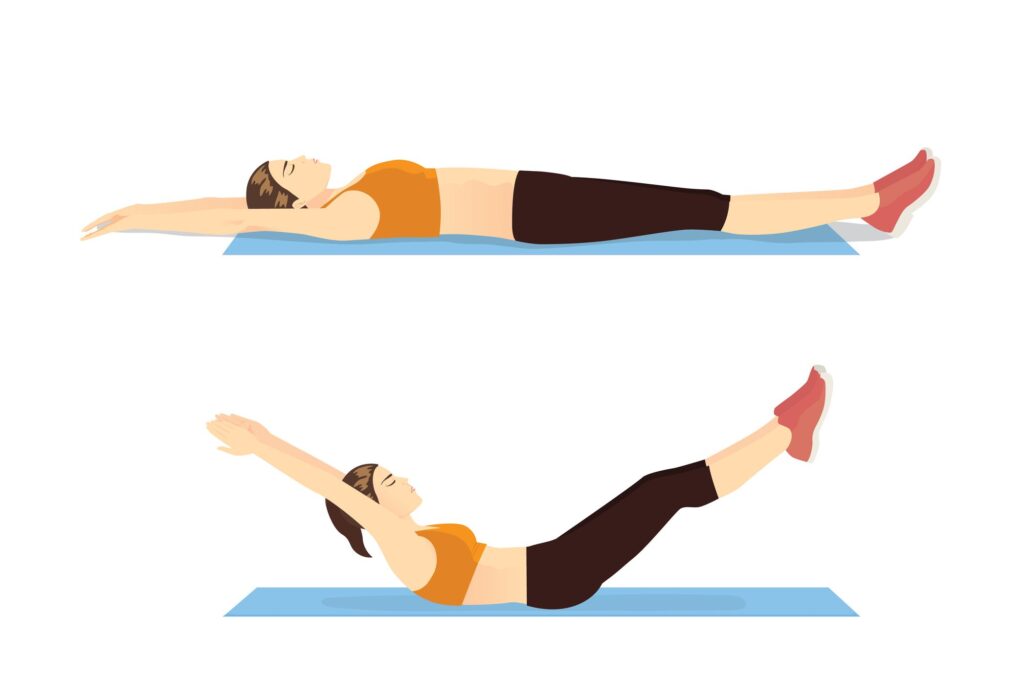
Forearm Plank
To complete this activity you have to arrive at the plank position on the bottom with your legs extended behind you and your hands stacked under your shoulders
Onto your forearms, lower down. your body ought to be straight by drawing in your core, glutes, and quadriceps
Maintain this position for 40-60 seconds. Accomplish two to three sets of 10 counts.
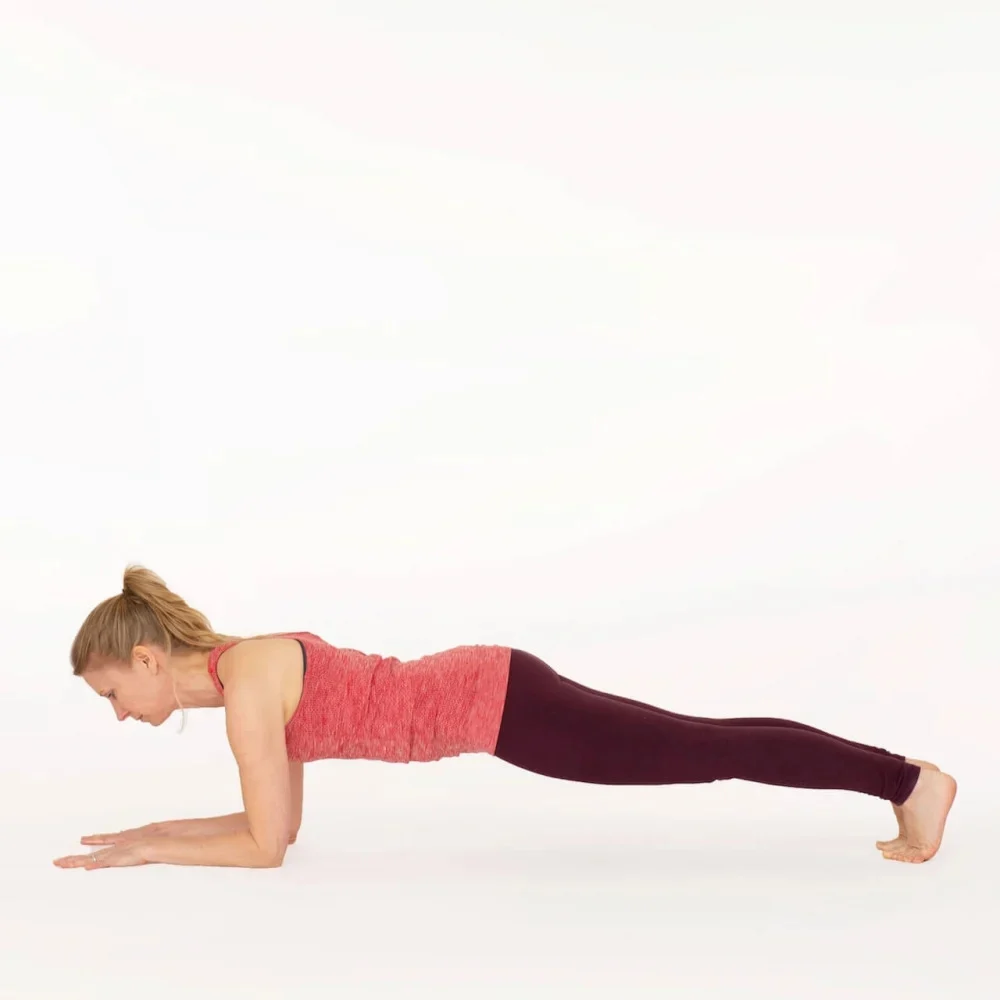
Up and Down Planks
To complete this activity first come into plank position.
Gradually decline your one arm putting your forearm on the bottom.
Then decline your further arm putting your other forearm on the bottom.
Returning to the plank position, press one arm up at a time.
Start with your left elbow and complete 10 repetitions.
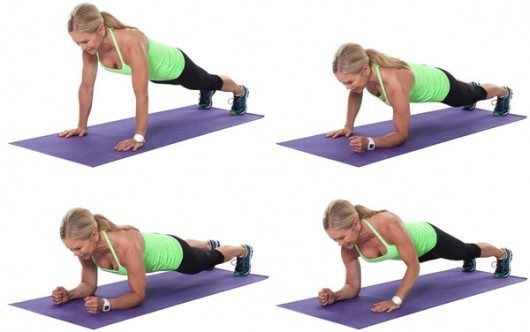
Leg Raises
To complete this activity you have to bring a supine lying with your legs extended
Your core should be engaged and obtain your legs up towards the roof as much as you can
Gradually lower your legs back toward the bottom.
For two to three sets, perform 10 to 15 repetitions.

Bird Dog
To complete this activity you have to Reach on your four limbs, hands under your shoulders, and knees under your hips
Raise your right arm in front of you while simultaneously raising your left leg behind you, your back should be erect
Maintain this position for two seconds
and do this on the further side. accomplish 23 sets of 810 repetitions on both sides.
Bird Dog Knee to Elbow
To complete this activity you have to Bring on your four limbs, Obtain on your hands and knees with your hands under your shoulders and knees under your hips
Raise your right arm in front of you while simultaneously raising your left leg behind you maintaining your back erect.
Tighten your abdominals to obtain your right elbow to your left knee, meeting in the middle of your body
Reverse the motion, expanding your arm and leg
Alter sides. Accomplish 2 to 3 sets of 8 to 12 repetitions.

Dead Bug
To complete this activity you have to lie on your back and extend your arms towards the roof with your legs up, your knees should be bent so that your calf is similar to the bottom.
Gradually extend your right leg out while declining your left arm overhead until both are a few inches off of the bottom.
your core should be engaged throughout the motion obtain both arm and leg back to the starting position
Repeat this with the further side. Accomplish 2 to 3 sets of 10 to 12 repetitions.

FAQ
What are the benefits of a strong transverse abdominis?
Along with other core muscles, the transverse abdominal’s primary functions are to support the torso by maintaining abdominal wall tension, which stabilizes the spine and pelvis before any limb movement, and to protect internal organs by holding them in place.
What is the most effective transverse abdominis exercise?
Planks are the most common exercise for the transversus abdominis, but an Australian study found that the inward movement of the abdominal wall while supine (also known as doing a hollow hold) may result in even more muscle activation.
Is transverse abdominis a flat muscle?
The deepest of the flat muscles is the transversus abdominis, which has fibers that run transversely. The transversalis fascia is a layer of well-formed fascia that lies deep within this muscle. Attachments: originates from the thoracolumbar fascia, inguinal ligament, costal cartilages 7-12, and the iliac crest.
How do you activate transverse abdominis when walking?
According to certified trainer Tiffany Cruikshank, who is also the founder of Yoga Medicine and the author of the forthcoming book Meditate Your Weight, the key to activating the transverse abdominis muscle, by lifting your rib cage away from the pelvis and gently drawing in around the waist, you can achieve a flat stomach while walking.
Does running strengthen transverse abdominis?
Together with the multifidus, the transversus abdominis muscle (TrA) stabilizes the trunk and is used as a secondary respiratory muscle while running.


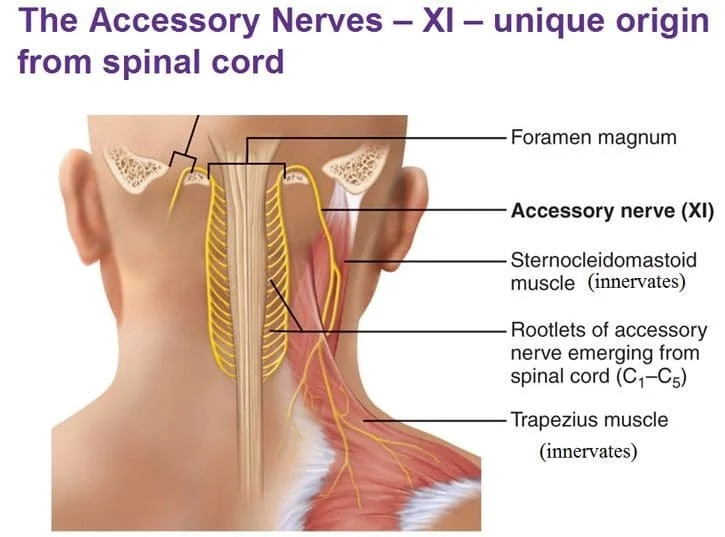
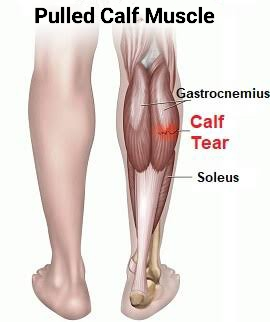
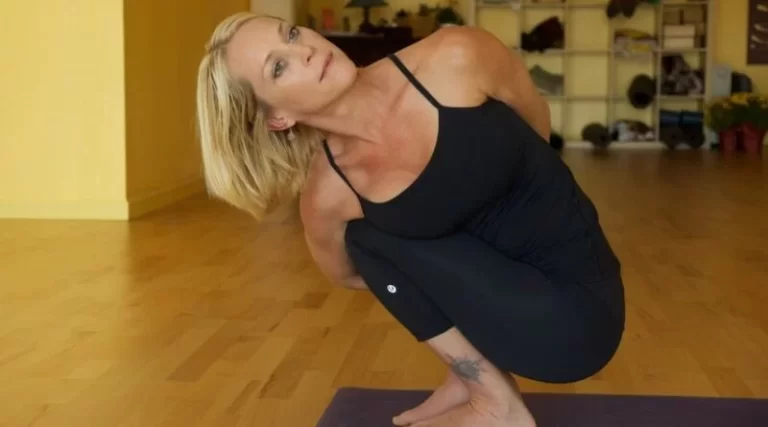
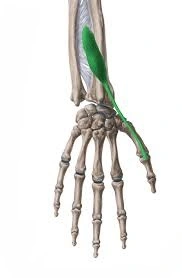
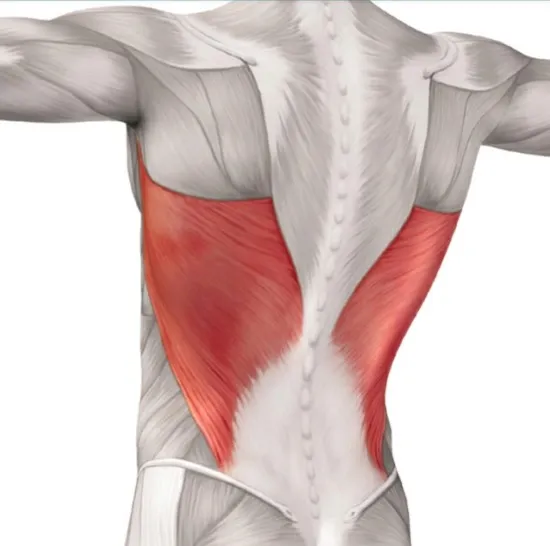
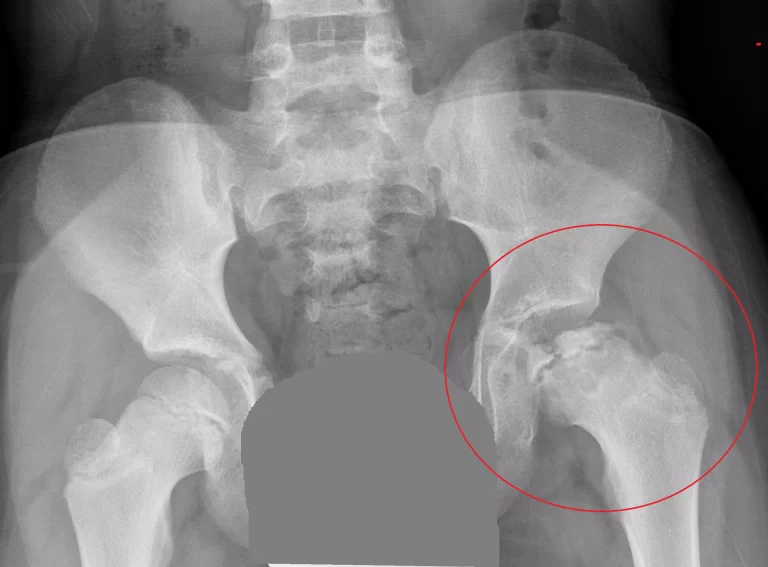
9 Comments